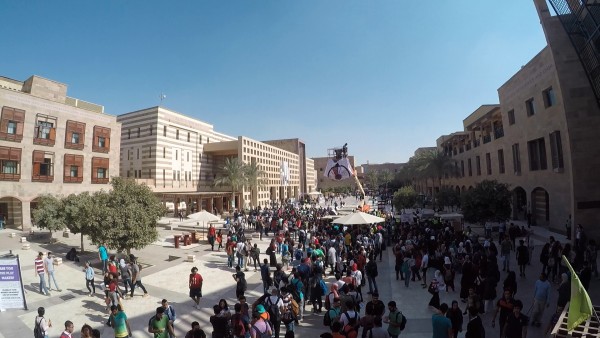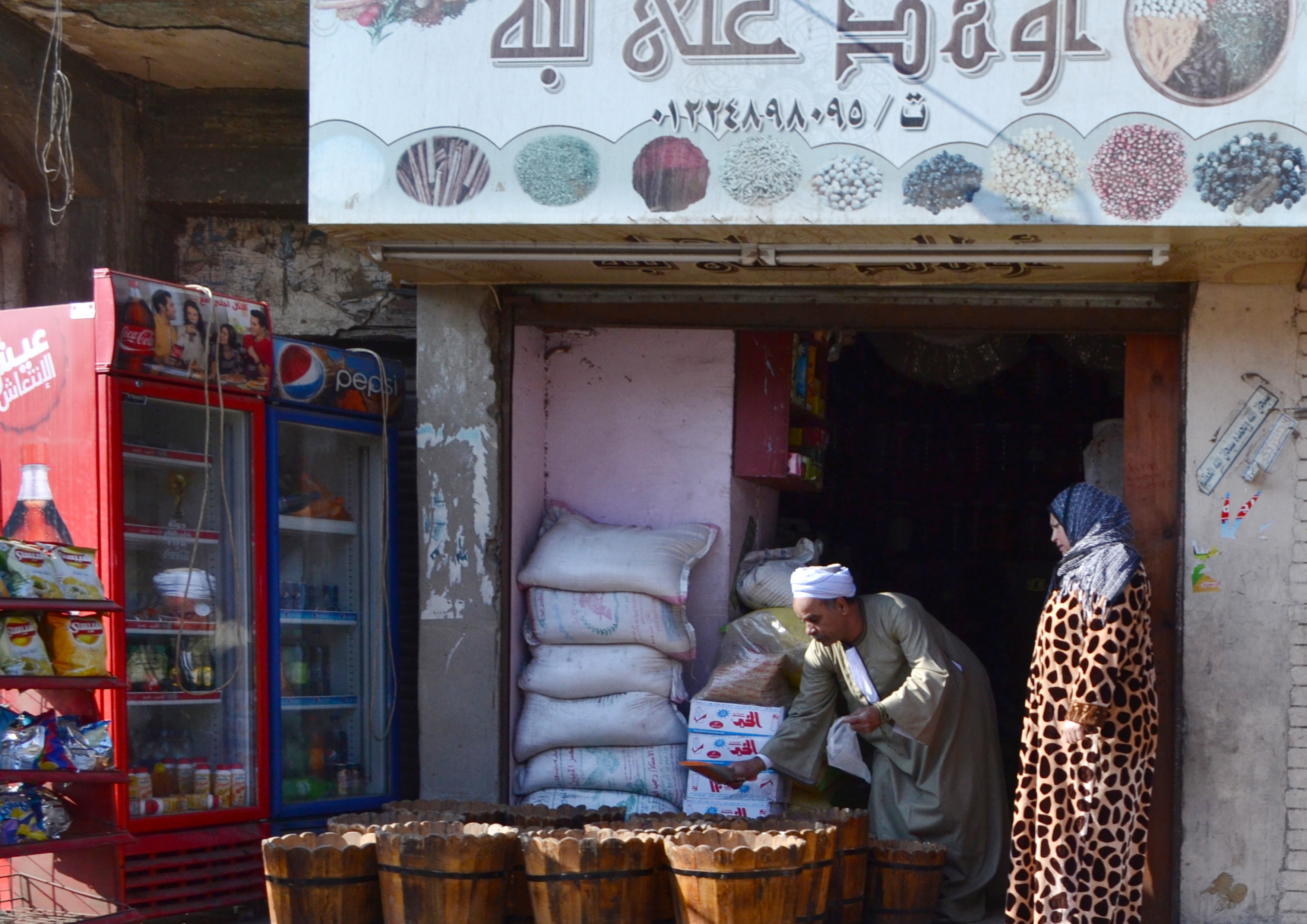Analysis: Egypt Wins, But Just Barely…
By: Ahmed Zada
Follow @ahmedzada12
It was a night to remember as 70,000 euphoric fans in the Borg El Arab Stadium in Alexandria celebrated the two goals scored by Liverpool Striker Mohamed Salah who almost single-handedly accomplished Egypt’s 28-year mission to reach the 2018 Russia World Cup.
The win also likely saved national team head coach Hector Cuper from being sacked after an earlier bad performance against a disheveled Congo in the away game.
There has been much criticism of the Argentinean coach’s tactics in recent months with some claiming he lacks tactical flexibility, which gives Egypt’s opponents an easy time of reading the team’s approach on the pitch.
Most football experts agree that the Egyptian team seemed unorganized as usual on the pitch; it was down to the grit of every player, which was clearly shown after Congo scored the 87th minute equalizer, to bring the game home.
Cuper began with his typical formation 4-2-3-1 with 43-year-old Essam Hadary as goalkeeper, two centerbacks – Ramy Rabia and Ahmed Hegazy – with Mohamed Abdel-Shafy as a left back and Ahmed Fathy as a right back.
Tarek Hamed and Mohamed El Nenny took the pitch as defensive midfielders behind Saleh Gomaa who replaced Abdullah El Said as an offense midfielder with two wingers Mohamed Salah and Ramadan Sobhy; Ahmed Hassan Kouka was the lone striker.
It appeared to be the usual tactic that Cuper put Salah as a forward next to Kouka making best use of his unlimited speed.
But the first half was riddled with missed chances.
The offense carried the ball from the left and right side but largely ended in Sobhy and Kouka running afoul of good passes that produced nothing despite the gaps in the Congolese defense.
A lot of fans may have wondered why Cuper limited the right back Fathy to defensive roles. Fathy, if given freedom of movement with Salah, would have added extra power to the right side which was Congo’s biggest defensive weakness.
Cuper also did not commit enough players in the offense; on the pitch six players starting from the backs to the two midfielders were constrained with defensive roles and did not have the freedom to carry on attacks.
This caused dependence on mainly passing to Salah.
Cuper should reorganize and focus more defensive strategies to the four backs in order to avoid the danger coming from long crosses.
Hamed and El Nenny had the least amount of missed passes; however, their ability to build on offensive momentum stood out ike a sore thumb.
To his credit, Hamed successfully intercepted more than 40 percent of Congolese attacks but committed lots of fouls in the process. Cuper would do well to watch out for Hamed who should focus more on intercepting the ball without committing fouls to avoid red cards.
The second half would have succumbed into the doldrums had Cuper not substituted Saleh Gomaa with Mahmoud Hassan Trezeguet and shifting Salah as a play maker.
This substitution was vital since Gomaa was slow in rhythm; however Salah and Trezeguet together increased the speed of building attacks and improved the rhythm. Kouka, however, failed to materialize chances from this substitution.
It wasn’t a surprise when Cuper substituted him with Amr Gamal, who may not have been that efficient but did disturb the Congolese defensive line’s balance.
Ahmed Al-Mohamady came in and Sobhy was out shifting the formation to 4-3-2-1 where it seemed that Cuper was satisfied with the 1-0 against a weak opponent and decided not to attack much more.
This was Cuper’s error of the game.
Congo equalized in the 87th minute when Al-Mohamady failed to mark his man all but dashing Egypt’s aspirations.
Flawed Tactics?
Cuper suffers from the old school approach in football which says stick to the tactic that gets you the three points. In Egypt, it’s called walking and clinging to the walls – meaning we need no further modifications to the 90-minute strategy.
The Argentinian football manager has lost six finals during his coaching career, one of them with Egypt in the African Cup 2017 against Cameroon because of insisting on the same strategy.
Cuper’s belief in 4-2-3-1 is restrictive taking into consideration how much pressure is put on the players in implementing it. The 4-2-3-1 approach is a complex strategy since it mainly demands extra efforts from the five players in the midfield.
The playmaker along with the two wings is restrained with defensive duties so freedom of attacking isn’t granted which limits the amount of attempts at goal.
A change in the strategy maybe to 4-3-2-1 would give more freedom to Salah inside along with Ramadan and Gamal to move and create chances while having a backup of three solid center midfielders like El Nenny, Hamed and Hossam Ashour, the Ahly club’s captain.
Cuper has to rethink his strategies if Egypt is to have any chance of moving past the first round in Russia.
A good approach is to bring in new blood from the Egyptian league such as Zamalek’s midfielder Mohamed Ashraf Zamalek, teammate striker Bassem Morsi, or Mohamed Fathy and Ibrahim Hassan who play for Ismaili.




